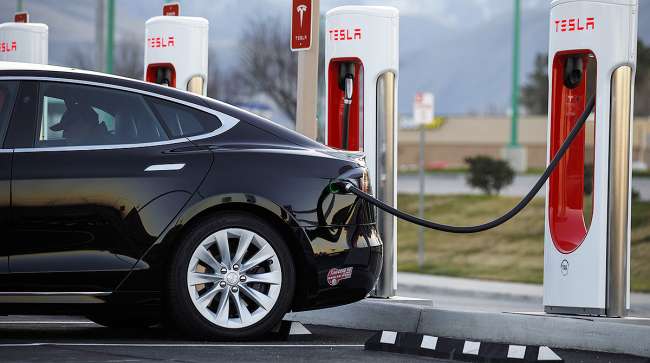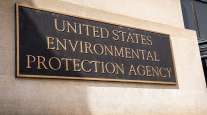Trump Administration Poised to Pull California’s Clean-Car Power

[Stay on top of transportation news: Get TTNews in your inbox.]
The Trump administration has decided to advance a plan to strip California of its power to regulate greenhouse gas emissions from automobiles on its own while federal regulators continue to finalize a plan to roll back fuel-efficiency standards set by the Obama administration, according to a person familiar with the matter.
The decision to separate the attack on California’s authority from the broader plan to ease emissions and fuel economy standards after 2020 was made Sept. 12 during a meeting among President Donald Trump, Environmental Protection Agency Administrator Andrew Wheeler and Transportation Secretary Elaine Chao, the person said, who requested anonymity to discuss the deliberations.

Under the plan, EPA would revoke the so-called waiver that has allowed the state to regulate tailpipe greenhouse gas emissions more stringently than federal rules, and underpinned the state’s requirement that companies sell electric cars in greater numbers each year.
The White House declined to comment. Emails to EPA, DOT and OMB seeking comment were not immediately returned after normal business hours Sept. 12.
In addition, the U.S. Transportation Department would assert that the California standards are pre-empted by federal fuel-economy regulations. The plan would leave intact California’s power to set tougher limits on smog-forming emissions from autos and other sources.
The procedural move allows the California plan — an initiative championed by free-market and conservative groups — to proceed while the Trump administration continues to finalize new federal fuel-economy and emissions regulations for new autos after the 2020 model year. The plans were initially proposed by EPA and DOT in August 2018.
The agencies intend to soon send a final rule formalizing the measures to the White House’s Office of Management and Budget for review before they can take effect.




